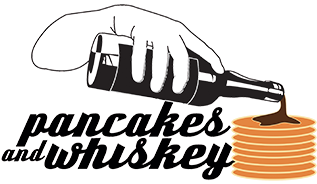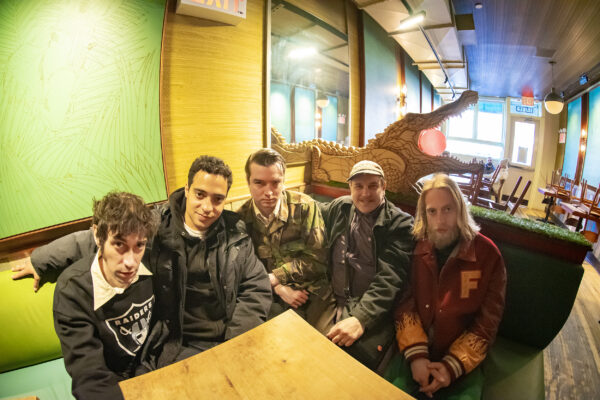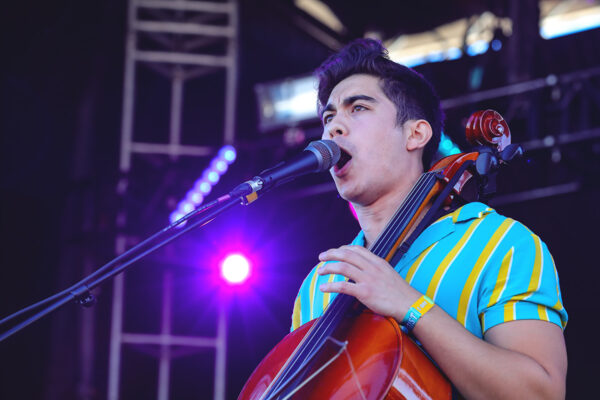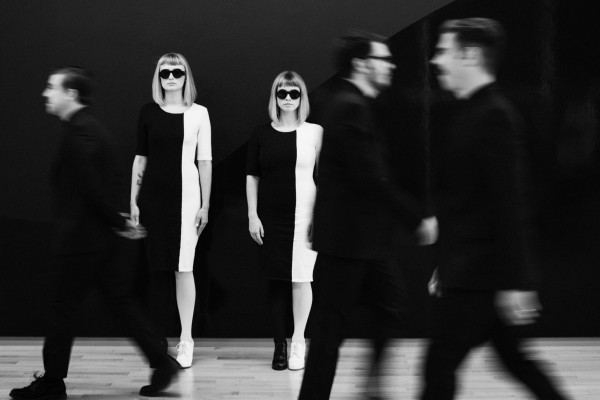On 2013’s Married In The Aviary, Philadelphia based musician Chelsea Mitchell establishes herself as a genuine craftsman. Anyone can arrange notes on a scale, but not many have the capacity to treat those notes like wrought iron, twisting and bending harmony until it becomes something truly beautiful. Featuring gorgeous, textured accompaniment and stunning arrangements, the six-song collection harkens back to an age when the songwriter was The Great American Storyteller. And like all great storytellers, Mitchell’s compositions act as a prism, providing the listener with a different perspective than the one they had before.
Since the record’s release last June, Mitchell has been busy bridging soulful vocals with buoyant melodies in the folk-pop trio Dirty Dollhouse. Mitchell’s voice blends perfectly with fellow performers Vanessa Winters and Amber Twait, injecting the group’s songs with a spirit and color that is wholly their own.
A few days before the band’s first show of the summer, Mitchell was eager to discuss her songwriting, her influences and how the recording of a song from Married In The Aviary led to the creation of Dirty Dollhouse.
There is a storytelling component to your writing, especially on Married In The Aviary. Are you influenced by novelists as much as lyricists?
I’m obsessed with lyrics! They make or break a song for me. But I also studied English literature in college and certain writers made indelible impressions…Twain, Hemingway, Faulkner, Shakespeare. Probably Shakespeare the most. He is an unparalleled master of language. As far as living legends go, Joni Mitchell writes pure poetry. And I’m constantly inspired by my Philly peers, too: August John Lutz II of Levee Drivers and Brian Strouse of The Lawsuits are two of my favorites.
What usually comes first: words or music?
I am a lover of words. I spend many hours reliving conversations. Most of the time I use the dialogue (or what I wish I had said) in my songs.
How many incarnations does a song go through before you know it’s ready?
I wouldn’t say I “give up” on songs, but 99% of the time, it’s one and done. Either the song poured out of me in 2 days or less, or it’s a lost cause and I have to move on. I never completely discard anything, of course, because I might take the bridge chords from an abandoned song and use them in a new piece. So, I suppose to answer your question, there aren’t usually a lot of incarnations of any song.
There is an ease and a naturalism to your compositions. Is that an atmosphere that you consciously try to capture?
Yes! And no. Most of the music I enjoy has a natural, no-fuss feel about it, so I tend to write the same way because I want to, but also because it’s what I’m used to hearing.
On your recordings you primarily play the guitar or the ukulele. How do you decide what the right accompaniment should be?
I go with my gut, and I’m right most of the time. It’s just a feeling of which instrument will complement the melody and the message better. “Nobody’s Daughter” actually started as a chorus on piano. I don’t even really play piano, so I’ll never figure that one out.
There is a timeless quality to your work. Do you deliberately stay away from any elements that maybe wouldn’t age well?
I wish I had that kind of forethought! To be honest, I’m just more drawn to old styles and simple instrumentation. I think that’s why folk singers captivate me…no auto-tune, no electronics, no gimmicks. You just hang on their every word.
In a time where most singers talk, your voice is very strong and impressive. Who are some of your favorite vocalists?
Joni above all, but also Patsy Cline, Ella Fitzgerald, and Maria Callas. Hurray For The Riff Raff’s Alynda Segarra and Shovels & Rope’s Cary Ann Hearst are new favorites.
How did you first know you could sing? Were you young enough that your parents and the people around you knew before you did?
Haha, I feel like no one knew for a long time – especially me. I loved singing along to the radio every night when I did my homework, but I was never the star of the school musical or the soloist in the choir. I didn’t come out of my shell until I was about 15 and my church’s music director offered me free classical voice lessons. She was a fantastic vocalist and had traveled the world with various opera companies. I was so lucky to have someone like her believe in me and guide me.
How did the Dirty Dollhouse project come about?
“Nobody’s Daughter” is basically responsible. It was the first song I had written with a bunch of harmonies floating around in my head. A few years back, I had met Amber Twait through Levee Drivers and Vanessa Winters through The Lawsuits and knew how incredibly talented they were; moreover, I knew they had two very different voices that would be perfect for the high and low harmonies. Amber has a rich, versatile country voice that adds an oomph to whatever we do and Vanessa has a beautifully clear voice with a wide range, so I can write middle parts AND high parts for her. Beyond the obvious, I just really, really love those girls and wanted to sing with them every day. So we formed a group.
What separates a Dirty Dollhouse song from a solo song?
The people singing! Ha. But seriously, that’s about it. Ever since we started the Dollhouse project, I’ve kept both of the girls in mind while writing. There are very few songs that I’ve written in the past year that are solely solo.
What album would people be most surprised to learn is in your record collection?
Most surprising? My first CD was Green Day’s Dookie. Least surprising? My second CD was the soundtrack to Pocahontas.
Don’t forget to see Dirty Dollhouse live in Philadelphia on June 5th at Underground Arts
Interview by Caitlin Phillips



